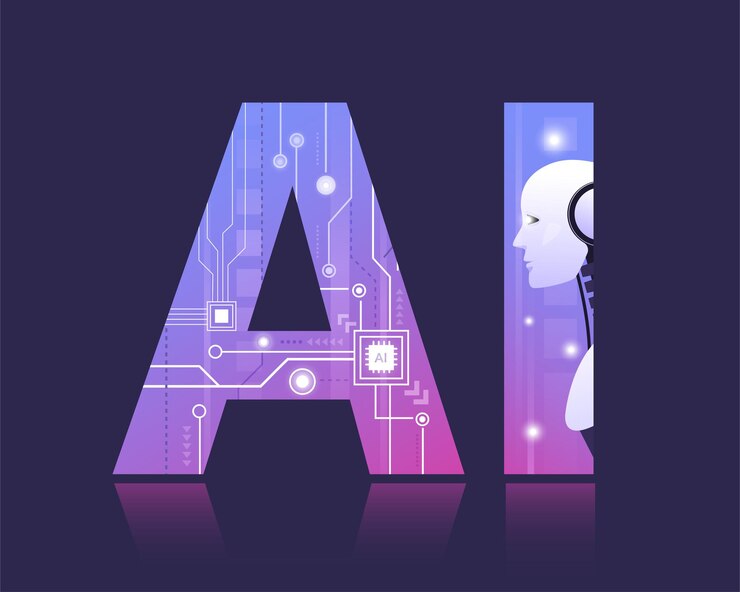In the rapidly evolving landscape of artificial intelligence (AI), one crucial aspect often overlooked is emotional intelligence (EI). While traditional AI systems excel at tasks requiring logical reasoning and pattern recognition, they often struggle to understand and respond to human emotions effectively. This article delves into the intersection of emotional intelligence and machine learning, exploring how the integration of EI can enhance AI systems’ ability to comprehend, interact with, and serve humanity.
Understanding Emotional Intelligence: Emotional intelligence, as defined by psychologist Daniel Goleman, encompasses the ability to recognize, understand, and manage both our own emotions and those of others. It involves skills such as empathy, self-awareness, social awareness, and relationship management. These qualities are fundamental to human communication, decision-making, and interpersonal relationships.
Challenges in AI Adoption of Emotional Intelligence: While AI has made significant strides in recent years, replicating emotional intelligence in machines remains a formidable challenge. Emotions are complex and multifaceted, often expressed through subtle cues in language, facial expressions, and body language. Teaching machines to interpret and respond to these cues requires advanced algorithms, extensive training data, and interdisciplinary expertise spanning psychology, linguistics, and computer science.
Applications of Emotional Intelligence in Machine Learning: Despite the challenges, researchers and developers are actively exploring ways to imbue AI systems with emotional intelligence. Some notable applications include:
- Sentiment Analysis: Using natural language processing (NLP) techniques to analyze text and infer the underlying emotions expressed by individuals or groups. Sentiment analysis has diverse applications, from gauging public opinion on social media to assessing customer satisfaction in business.
- Emotion Recognition: Leveraging computer vision algorithms to recognize facial expressions and gestures, enabling AI systems to infer the emotional state of users. Emotion recognition has potential applications in human-computer interaction, virtual reality, and mental health monitoring.
- Personalized Recommendations: Incorporating emotional intelligence into recommendation systems to tailor content, products, and services based on users’ emotional preferences and responses. By understanding users’ emotions, AI can deliver more engaging and relevant experiences, fostering stronger connections and loyalty.
- Ethical Decision-making: Integrating emotional intelligence into AI models to promote ethical decision-making and mitigate biases. Emotionally intelligent AI systems can consider the emotional impact of their actions on individuals and communities, leading to fairer and more socially responsible outcomes.
Challenges and Ethical Considerations: While the integration of emotional intelligence holds promise for enhancing AI capabilities, it also raises complex challenges and ethical considerations. These include concerns about privacy, consent, algorithmic bias, and the potential manipulation of emotions for commercial or political gain. Addressing these issues requires careful regulation, transparent practices, and ongoing dialogue between technologists, ethicists, policymakers, and the public.
Emotional intelligence represents a frontier in the evolution of artificial intelligence, offering new opportunities to create more empathetic, responsive, and human-centered AI systems. By harnessing the power of machine learning and interdisciplinary research, we can unlock the full potential of emotional intelligence in AI, transforming how we interact with technology and each other.



